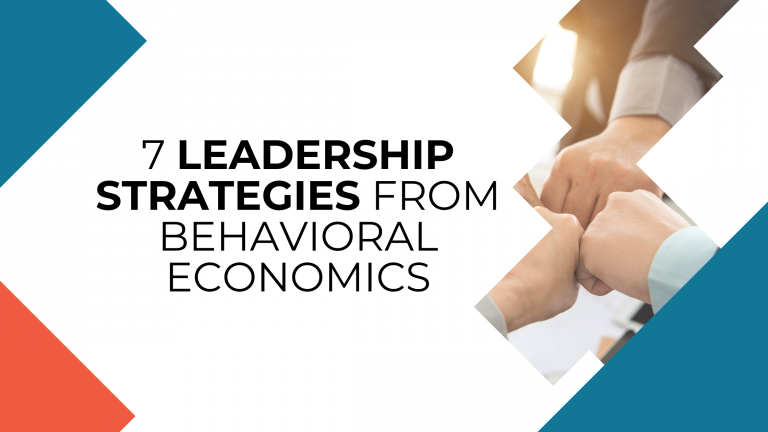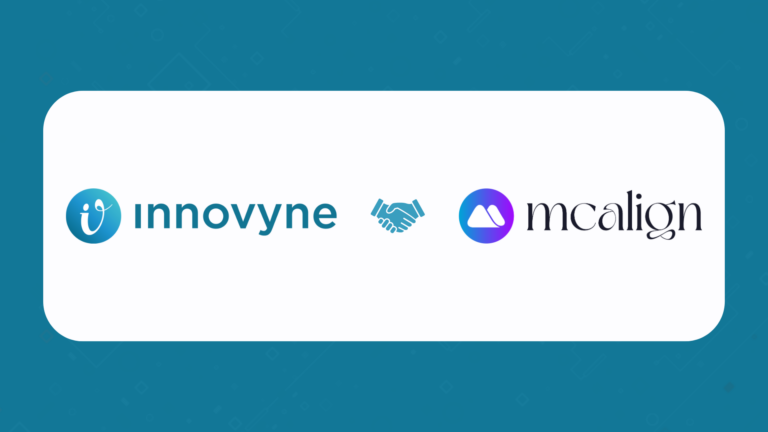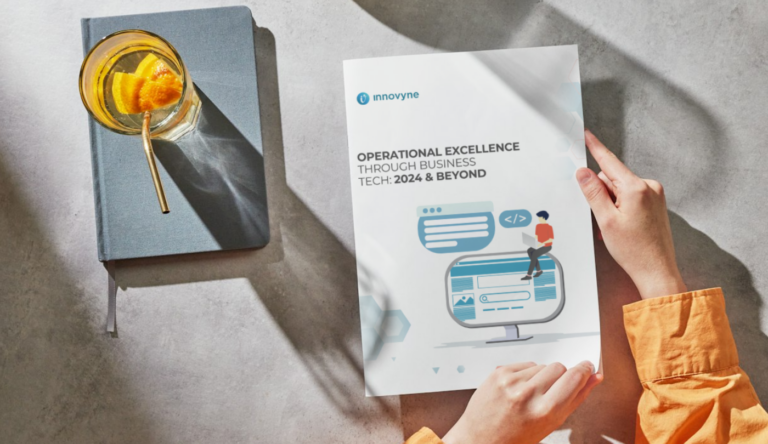Imagine if you could peek into the minds of your team to discover the hidden forces behind their decisions. Sure, you could just ask… But, even if you were the kind of person people could be really honest with, it might not paint the whole picture. In fact, science shows that our true motivators often lurk in the shadows of our awareness, pulling the strings of our actions through subconscious biases and other mental shortcuts. This is the captivating world of behavioral economics, where the clandestine drivers of human behavior are brought to light through the fusion of psychology and economics.
When it comes Sales Performance Management, mastering the principles of behavioral economics is the difference between aiming at your target through a scope and having a blindfold on. The reality is that human behavior can be complex, affected by a confluence of intrinsic and extrinsic motivations. But, as irrational as it may seem, it’s also patterned and predictable. Join us as we explore the seven behavioral principles that you can leverage to optimize your strategies in leadership, incentive management, sales, and more.
1. Reciprocity Norm
TLDR: People tend to want to return a favor.
Explanation: In a 1971 study by Dennis Regan, people were invited to evaluate artwork. As part of the experiment, a confederate would offer a kind gesture, such as buying a soda, to an unwitting participant. When the confederate would later sell raffle tickets, the participants were much more willing to buy tickets. This demonstrates the pull to reciprocate generosity in human behavior.
Application: Consider offering your team an unexpected day off after they complete a particularly challenging project. Not only will this tell them that their hard work is recognized, it also says, “…and we have your back.” In turn, tapping into the reciprocity norm, your kind gesture is likely to encourage workers to stay motivated and keep being productive in subsequent projects.
2. Affect Heuristic
TLDR: Colloquially dubbed the “likeability effect,” this principle reveals that people are more likely to want to work with individuals and businesses for whom they have positive feelings.
Explanation: A 1979 study by Chaiken revealed that participants found attractive communicators to be more persuasive than their lesser charming counterparts. Later research by Slovic, Finucane, and colleagues took this further, exploring how people rely on emotions to evaluate the risks and benefits in decision-making. Participants’ perception of risk decreased when positive feelings towards an activity increased.
Application: Of course, conventional beauty standards cannot be a measuring stick with which you evaluate candidates for your team. However, evaluating for their ability to be nice and work well with others could and should be a factor. What’s more, you can engender positive emotions among your team by creating opportunities for them to bond. Game nights, team building workshops, and occasional outings are all demonstrated to go a long way towards inspiring a positive effect and comradery among workers.
3. Authority Bias
TLDR: People have a tendency to conform to the opinions or commands of those in power.
Explanation: The notorious Milgram experiments of 1963 revealed that participants were willing to administer physical pain by way of electric shock to confederates, simply because an authority figure instructed them to.
Application: In the realm of incentive compensation, having leadership or industry experts communicate the strategy can be a powerful tool for inspiring compliance. This is also particularly important when instituting important policy changes or a shift in strategic approach.
4. Loss Aversion
TLDR: People tend to prefer avoiding losses over acquiring equivalent gains.
Explanation: Originating from the groundbreaking work of Kahneman and Tversky, the Godfathers of Behavioral Economics, loss aversion shows that people feel the pain of loss more acutely than the pleasure of similar gains. As such, they would go to greater lengths to avoid losing $100 than earning an extra $100.
Application: In a compensation context, loss aversion could be used to make performance-based bonuses more appealing. For example, reframing a bonus as something to “retain” might inspire more effort on the part of a sales rep than if it were positioned as something they could “earn.”
5. Halo Effect
TLDR: One positive attribute of a person or product can influence people’s overall perception of said person or product.
Explanation: First observed in 1920 by Richard Thorndike, this effect explains how our impression in one area can influence our overall perception. For example, a well-designed product might elicit the impression that it’s also functional, even though the design doesn’t affect functionality.
Application: Leveraged correctly, the Halo Effect can serve you well in onboarding talent as well as inspiring customer loyalty. Make a concerted effort to impress competency, trustworthiness, or whatever value is most important, and your employees and customers alike will hold a favorable perspective about other aspects of the organization.
6. Consensus Heuristic
TLDR: People are influenced by what others do, often conforming to their actions or decisions based on the majority or expert opinion.
Explanation: This principle is well illustrated in the works of Robert Cialdini, who popularized the concept of social proof. In his research, Cialdini demonstrated that people often look to the behaviors and actions of others, especially the majority or those perceived as experts, to guide their own decisions, especially in uncertain situations.
Application: In an organizational context, especially one with a bustling salesforce, consider creating a culture where best practices and success stories are shared openly. This will pave the way forward for those who are not top performers yet, as well as inspire a balance of mentorship and competition alike.
7. Commitment Consistency Bias
TLDR: People are more likely to follow through with actions that are consistent with their prior commitments or statements.
Explanation: Extensively researched by Robert Cialdini, this concept confirms that people tend to have better follow-through with actions that align with their previous statements or decisions, even if they aren’t the most beneficial.
Application: There are a number of strategic ways this principle can be put to work in an organization. One effective way is by asking workers to share their own goals and commitments. In so doing, they are more likely to hold themselves accountable and believe their targets are attainable.
The seven principles outlined above offer a glimpse into the transformative potential of behavioral heuristics in Sales Performance Management and broader business strategies. The intersection of SPM and Behavioral Economics is a burgeoning field, brimming with innovative ideas and fresh approaches. This nascent nexus holds a wealth of unexplored opportunities, ready to revolutionize traditional methodologies and supercharge success.
For a deeper dive into the subject of sales psychology, check out our whitepaper, “Driving Sales Success: The Fascinating Intersection of Behavioral Economics and Sales Performance Management.”



